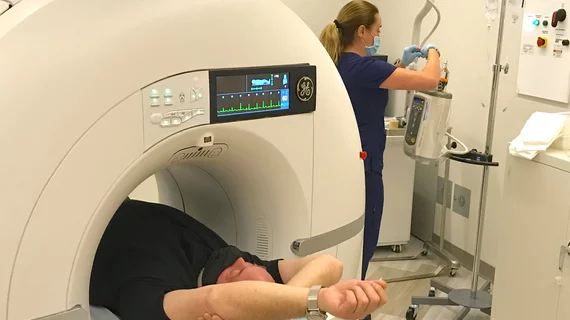A new way to prepare imaging agents, thanks to a new method of radiolabeling
A new development in isotopic labeling heralds a new way to prepare imaging agents, according to a Nature study led by University of Ottawa researchers, in collaboration with the University of Alberta and chemists at French pharmaceutical company Sanofi.
The labeling process—in particular, the preparation of carbon-labeled alpha-amino acids—is difficult and time-consuming, according to the study, leading researchers to say that this high level of difficulty “explains the high cost and scarcity of C-labeled products.”
Current methods involve label incorporation at an early stage of synthesis, which is one of the reasons that the process is so complex. However, the study’s researchers were able to make adjustments in order to allow for rabid and late-stage radiolabelling of alpha-amino acids.
“Tempering catalyst electrophilicity was key to preventing irreversible aldehyde consumption. The pre-generation of the imine carboxylate intermediate allows for the rapid and late-stage C11-radiolabelling of α-amino acids in the presence of [C11]CO2,” the authors write.
Radiolabeling is key for contrast agents, which patients can take orally or intravenously in order to allow MRI or CT images to capture more precise images with better diagnostic information.
“We’re also using these in imaging studies now to learn about metabolism and protein synthesis rates in different tissues,” said Benjamin Rotstein, an associate professor in the University of Ottawa Faculty of Medicine’s Department of Biochemistry, Microbiology and Immunology.
In addition to its role in imaging, the process of isotope labeling is also key to new drug development, Rotstein noted in a University of Ottawa statment.
“This is really important in drug development because we want to know where the drug goes in the body, how is it metabolized and eliminated so we can plan appropriate dosing and toxicity studies,” said Rotstein, an associate professor in the University of Ottawa Faculty of Medicine’s Department of Biochemistry, Microbiology and Immunology.
